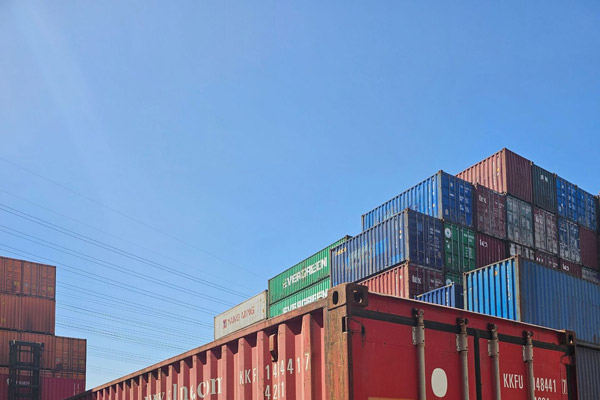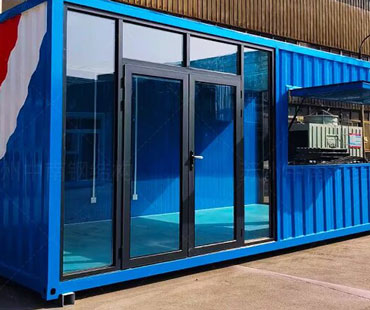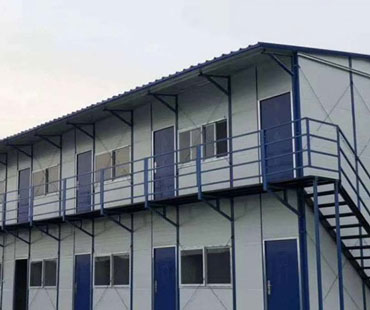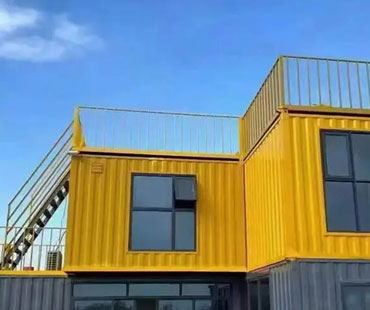In an increasingly globalized economy, the shipping industry plays a vital role in facilitating trade and the movement of goods. However, the transportation of containers comes with inherent risks that can lead to accidents, damage, and financial losses. Effective container safety management is essential not only for protecting cargo but also for ensuring the safety of personnel and the environment.
1. Comprehensive Risk Assessment
The first step in ensuring container safety is to conduct a thorough risk assessment. This involves identifying potential hazards associated with container transport, such as:
-Structural Integrity: Assessing the condition of containers, including signs of wear, corrosion, or damage that could compromise their safety.
-Handling Procedures: Evaluating the methods used for loading, unloading, and securing containers, as improper handling can lead to accidents.
-Environmental Factors: Considering external conditions such as weather, seismic activity, and environmental regulations that may impact container safety.
By understanding these risks, companies can develop targeted strategies to mitigate them effectively.
2. Training and Education
Investing in training and education for employees is crucial for minimizing risks associated with container handling. Regular training programs should cover:
-Safe Handling Practices: Instruction on proper lifting techniques, securing loads, and using equipment safely to prevent injuries.
-Emergency Procedures: Training employees on how to respond in the event of an accident or spill, including evacuation protocols and first aid.
-Regulatory Compliance: Educating staff about relevant safety regulations and standards, such as those set by the International Maritime Organization (IMO) and the Occupational Safety and Health Administration (OSHA).
A well-trained workforce is better equipped to identify hazards and respond effectively, reducing the likelihood of accidents.
3. Implementing Standard Operating Procedures (SOPs)
Developing and enforcing Standard Operating Procedures (SOPs) is essential for maintaining safety throughout the container lifecycle. SOPs should address:
-Inspection Protocols: Guidelines for regular inspections of containers before and after loading, ensuring they meet safety standards.
-Loading and Unloading Procedures: Clear instructions on how to safely load and unload containers, including weight limits and equipment usage.
-Documentation and Reporting: A system for documenting safety inspections, incidents, and near misses to identify patterns and areas for improvement.
By adhering to SOPs, organizations can create a consistent approach to safety that minimizes risks.

4. Utilizing Technology for Monitoring and Tracking
Advancements in technology have provided valuable tools for enhancing container safety management. Key technologies include:
-GPS and RFID Tracking: Using GPS and RFID technology to monitor the location and status of containers in real-time. This can help detect unauthorized movements and provide immediate alerts in case of discrepancies.
-IoT Sensors: Implementing Internet of Things (IoT) sensors to monitor environmental conditions inside containers, such as temperature and humidity. This is particularly important for sensitive cargo, as it ensures that conditions remain within acceptable limits.
-Data Analytics: Leveraging data analytics to analyze trends in container incidents and safety performance. This can inform decision-making and lead to proactive safety measures.
By embracing technology, organizations can enhance their ability to monitor safety and respond to potential risks swiftly.
5. Collaboration and Communication
Effective communication and collaboration among stakeholders are critical for successful container safety management. This includes:
-Engaging All Parties: Involving everyone in the supply chain, from port operators to trucking companies, in safety discussions and initiatives. A collaborative approach fosters a culture of safety.
-Regular Meetings and Updates: Holding regular safety meetings to discuss concerns, share best practices, and review incident reports. Keeping all stakeholders informed creates a unified approach to safety management.
-Feedback Mechanisms: Establishing channels for employees to report safety concerns or suggestions. Encouraging open communication helps identify issues before they escalate.
When all parties work together, the overall safety culture improves, leading to better outcomes.
6. Continuous Improvement and Review
Safety management is an ongoing process that requires continuous evaluation and improvement. Organizations should:
-Conduct Regular Audits: Perform routine safety audits to assess compliance with safety regulations and SOPs. Identify areas for improvement and implement corrective actions promptly.
-Stay Informed on Industry Standards: Keep abreast of evolving regulations, best practices, and technological advancements in container safety management. Adapting to changes ensures that safety measures remain effective.
-Foster a Safety Culture: Encourage a culture where safety is prioritized, and employees feel responsible for their own safety and that of their colleagues. Recognition programs for safe practices can motivate employees to adhere to safety protocols.
Container safety management is critical for minimizing risks in the shipping industry. By implementing comprehensive risk assessments, investing in training, establishing SOPs, utilizing technology, fostering collaboration, and promoting continuous improvement, organizations can enhance their container safety practices. As the shipping landscape continuesto evolve, staying proactive in safety management will not only protect cargo and personnel but also enhance the overall efficiency and reliability of supply chains.


